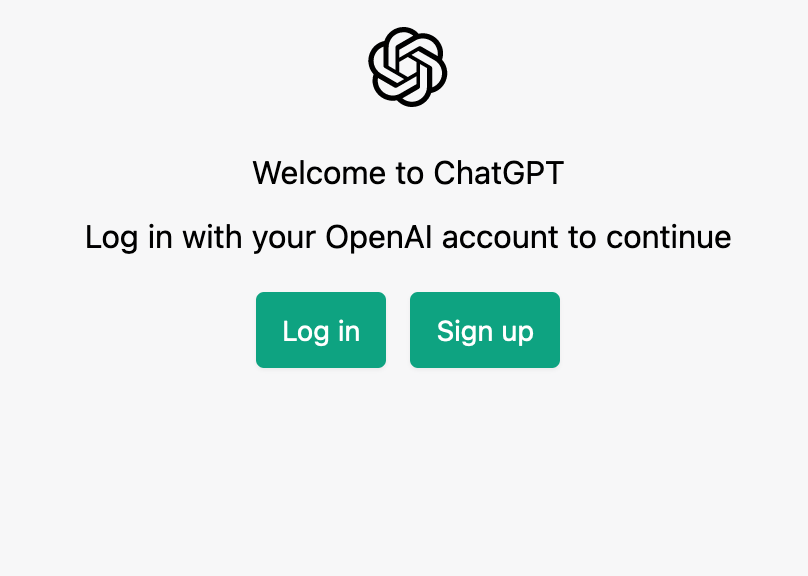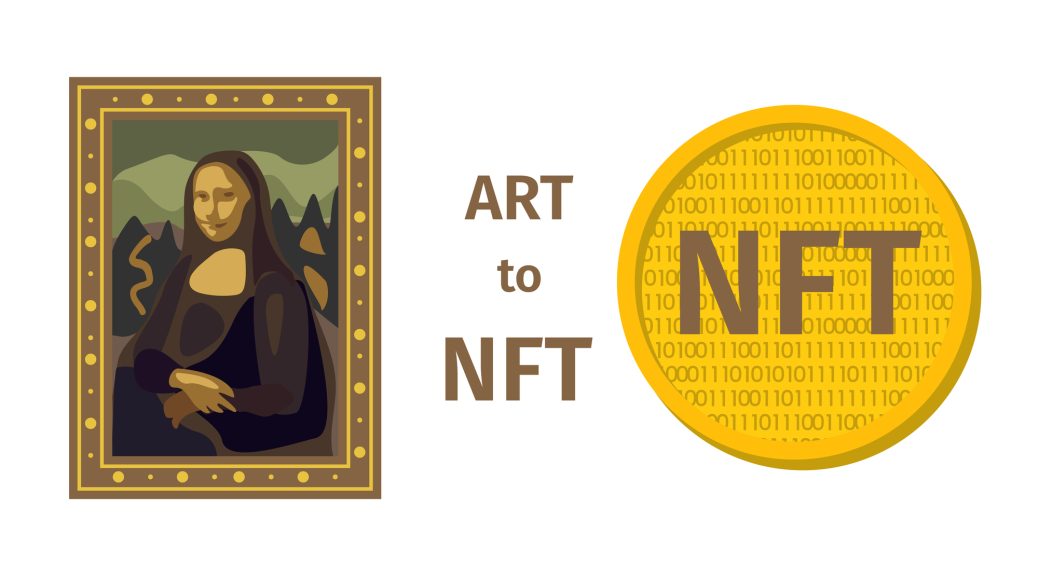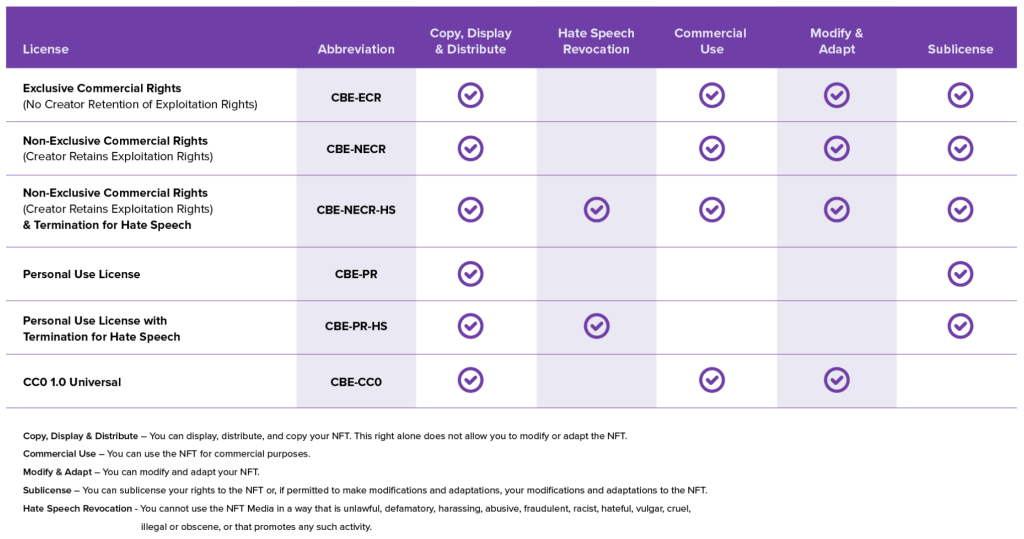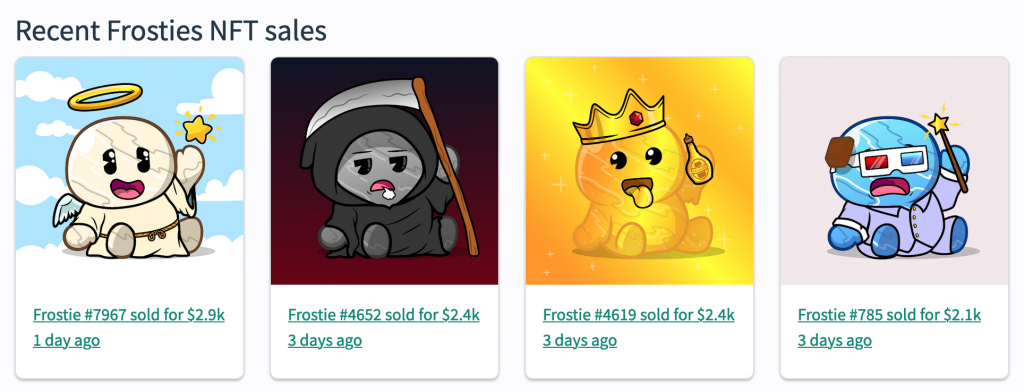Happy World Intellectual Property Day!
To increase IP awareness around the world, member states of the World Intellectual Property Organization (WIPO) chose April 26 the day when the WIPO Convention came into force in 1970 as World IP Day. According to WIPO, World IP Day celebrates innovation and creativity and how intellectual property fosters and encourages them. To celebrate this day, what follows is a discussion of four significant US court rulings decided in April 2012 each involving one of the major IP domains: patent, trademark, copyright and trade secret.
Communications Involving Patent Settlements are Discoverable
On April 9, 2012, the United States Court of Appeals for the Federal Circuit ruled that communications involving reasonable royalty rates and damage calculations were discoverable. Specifically, the Federal Circuit ruled that such communications that may underlie settlement agreements were not worthy of creating a new federal privilege. In re MSTG, Inc., No. 996 (Fed. Cir. April 9, 2012). There was previously an open question as to whether settlement discussions were privileged and not subject to disclosure. The Sixth Circuit in Goodyear Tire & Rubber Co. v. Chiles Power Supply, Inc., 332 F.3d 976, 979-83 (6th Cir. 2003) adopted a settlement privilege while such a privilege was rejected by the Seventh Circuit in In re General Motors Corp. Engine Interchange Litigation, 594 F.2d 1106, 1124 n.20 (7th Cir. 1979).
In rejecting MSTG’s request to create a settlement privilege that would protect the reasonable royalty rate discussions had with other defendants, the Federal Circuit distinguished Fed R. Evid. 408. According to the court, Fed. R. Evid. 408, only addresses the inadmissibility of settlement discussions (for purposes of showing the validity or amount of a claim) and does not expressly prohibit the discovery of such material. Id. at 11 – 12. Finding there was no good reason to create a new privilege under the circumstances, the Federal Circuit found communications underlying settlement discussions to be fair game at least so long the requests otherwise comport with the rules of discovery.
Given the In re MSTG, Inc. decision, future patent plaintiffs will now have to contend with the possibility of disclosures being made on sensitive settlement discussions. This decision is noteworthy given that settlements are sometimes done for strategic reasons that may not be directly tied the relative worth of the settled patents – one settlement against a competitor may yield very different results as against another competitor. Moreover, it may make it more difficult to settle patent disputes if a patent holder feels it needs to establish a certain record it can use in future disputes. This is further complicated by the fact patent litigation may eventually reach new heights with the September 2011 passage of the Leahy-Smith America Invents Act and the current status of patent portfolios as a competitive currency for very large corporations. Microsoft’s $1.1 billion purchase of 925 AOL patents and Facebook’s subsequent purchase of 650 of these Microsoft/AOL patents for $550 million are illustrative of this competitive currency approach to patents. No matter how the patent litigation landscape changes down the road, plaintiffs now need to take a structured and strategic approach to settlement discussions given what is said in one case can very well impact the results of future litigation.
Keyword Trademark Cases Remain Viable
In this latest of a long line of cases against Google for keyword trademark infringement, a surprise appellate decision was handed down on April 9, 2012. Rosetta Stone Ltd. v. Google, Inc., No. 10-2007 (4th Cir. April 9, 2012), reversing, Rosetta Stone Ltd. v. Google Inc., 730 F. Supp. 2d 531 (E.D. Va. 2010). In reversing portions of the lower court’s summary judgment grant in favor of Google, the Fourth Circuit reinstated plaintiff’s direct infringement, contributory infringement and dilution trademark claims. In reviving the direct infringement claim which only involved a likelihood of confusion analysis, the court ruled that even well-educated, seasoned Internet consumers are confused by the nature of Google’s sponsored links and are sometimes even unaware that sponsored links are, in actuality, advertisements. At the summary judgment stage, we cannot say on this record that the consumer sophistication factor favors Google as a matter of law. Id. at 24 – 25. In fact, the Court noted, such uncertainty may constitute “quintessential actual confusion evidence.” Id. at 22. The Fourth Circuit relied on various internal Google studies analyzing consumer confusion in connection with sponsored links, including studies that concluded “the likelihood of confusion remains high when trademark terms are used in the title or body of a sponsored link appearing on a search results page and 94% of consumers were confused at least once.” Id. at 21.
This decision stands in sharp contrast to other decisions that have ruled on this particular likelihood of confusion issue. Previously, courts have found that in an age of sophisticated Internet users, it makes little sense to continue with the notion that users will be confused between sponsored results with trademark-protected keywords and standard search results or even by domain names containing trademarked words. See Network Automation, Inc., v. Advanced System Concepts, Inc., 638 F.3d 1137, 1152 (9th Cir. 2011).
The contributory infringement claim was revived given Rosetta Stone provided Google with approximately 200 instances of counterfeit products found on sponsored links. This was deemed sufficient to raise a question of fact regarding Google’s knowledge of identified individuals using sponsored links to infringe Rosetta Stone’s marks. Rosetta Stone Ltd. v. Google, Inc., Slip Op. at 30. The Fourth Circuit also reversed summary judgment on the dilution claim given the lower court applied the wrong standard when applying available defenses to a dilution claim under the Lanham Act. Id. at 39 – 41. This and other technical errors made by the lower court claim may be a short-term victory for Rosetta Stone given on remand the court will ultimately determine whether Rosetta Stone’s brand was famous in 2004 – if it was not, the dilution claim is lost. Id. at 47. This may be a difficult burden for Rosetta Stone since the court recognized the brand actually became more famous in the years after 2004. Given the dilution reversal was based largely on technical deficiencies in how the lower court interpreted the fair use defense, the Fourth Circuit missed an opportunity to opine on the more interesting question of whether or not Rosetta Stone could even bring a dilution claim as against Google given there is a very real question as to whether Google sufficiently used the Rosetta Stone marks in commerce. Id. at 39-40.
The ultimate significance of this case may eventually pivot outside of the search engine context. For example, despite the solid body of law that continues to sanction keyword marketing, contextual advertisers may benefit from reevaluating their use of keyword triggers associated with famous marks. And, likelihood of confusion inquiries may reach a new realm with augmented reality devices such as Google’s Project Glass given advertisers may be able to physically guide users towards products and services based on verbal commands and trademark usage all the while without a single trademark being displayed.
DMCA Safe Harbor Provisions Raise Copyright Infringement Questions of Fact
On April 5, 2012, the Second Circuit reinstated Viacom’s long-running copyright infringement action against YouTube. Viacom Intl., Inc. v. YouTube, Inc.,�Nos. 10-3270-cv, 10-3342-cv (2nd Cir. April 5, 2012). In its ruling, the court offered an analysis regarding the complete safe harbor framework available to online service providers under the Digital Millennium Copyright Act (DMCA), 17 U.S.C. 512. It also reaffirmed that the DMCA safe harbor provisions can protect a defendant from all affirmative claims for copyright infringement, including claims for direct infringement, vicarious liability, and contributory liability.
At its most basic, the Second Circuit found that existing questions of fact regarding YouTube’s level of knowledge precluded summary judgment. Viacom’s five-year suit for direct and secondary copyright infringement previously came to a halt when the trial court found that YouTube was protected by the DMCA’s safe harbor provision given it had insufficient notice of the particular infringements in suit. Viacom Intl., Inc. v. YouTube, Inc.,718 F. Supp. 2d 514, 529 (S.D.N.Y. 2010). Under 512(c)(1)(A), safe harbor protection is available only if the service provider:
(i) does not have actual knowledge that the material or an activity using the material on the system or network is infringing;
(ii) in the absence of such actual knowledge, is not aware of facts or circumstances from which infringing activity is apparent; or
(iii) upon obtaining such knowledge or awareness, acts expeditiously to remove, or disable access to, the material
Viacom Intl., Inc. v. YouTube, Inc., Slip Op at 15 (citing 17 U.S.C. 512(c)(1)(A)). The lower court held that the actual knowledge and the “facts and circumstances” requirements both refer to knowledge of specific and identifiable infringements and not mere general awareness of infringing activity. Viacom Intl., Inc. v. YouTube, Inc., 718 F. Supp. 2d at 523. Although it affirmed this ruling, the Second Circuit further distinguished as follows:
The difference between actual and red flag knowledge is thus not between specific and generalized knowledge, but instead between a subjective and an objective standard. In other words, the actual knowledge provision turns on whether the provider actually or subjectively knew of specific infringement, while the red flag provision turns on whether the provider was subjectively aware of facts that would have made the specific infringement objectively obvious to a reasonable person.
Viacom Intl., Inc. v. YouTube, Inc., Slip Op at 17. Parting company with the lower court, the Second Circuit found that the current state of facts raised triable questions of fact regarding these two tests. Id at 20 – 22. The remand was to determine specific instances of knowledge or awareness and whether such instances mirror the actual clips-in-suit. Id. at 22.
The Second Circuit also offered the doctrine of “willful blindness” a concept not referenced in the DMCA as yet another means of demonstrating actual knowledge or awareness of specific instances of infringement. To that end, it remanded for further fact-finding and resolution regarding whether YouTube made a “deliberate effort to avoid guilty knowledge.” Id.at 24.
In addition to the above DMCA knowledge provisions, the DMCA provides that an eligible service provider must “not receive a financial benefit directly attributable to the infringing activity, in a case in which the service provider has the right and ability to control such activity.” Id. at 24 (citing 17 U.S.C. 512(c)(1)(B)). After reviewing this “right and ability to control” test, the Second Circuit rejected the lower court’s view that a service provider must actually know of a particular case of infringement before it can control it. Id. at 25. Rather, the Second Circuit chose to agree with other courts that have determined a finding of liability only requires something more than the ability to remove or block access to materials posted on a service provider’s website. Id. at 27 (citations omitted). And, this “something more” involves “exerting substantial influence on the activities of users” so a remand was necessitated to flesh out this standard and determine whether YouTube satisfied it. Id. at 28 – 29.
Although in its decision the Second Circuit has provided solid authority on a wide range of DMCA safe harbor interpretive issues, the decision may ultimately provide content owners and online service providers with some potential future problems to the extent the ruling leaves the summary judgment door unpredictably ajar for future litigants.
Theft of Trade Secrets Not Necessarily a Federal Offense
On April 11, 2012, the Second Circuit overturned the eight-year sentence imposed on a computer programmer for the theft of trade secrets under the Economic Espionage Act of 1996, 18 U.S.C. 1832(a)(2) & (4) (EEA) and transportation of stolen property in interstate commerce under the National Stolen Property Act, 18 U.S.C. 2314 (NSPA). United States v. Aleynikov, No. 11-1126 (2d Cir. April 11, 2012). The NSPA makes it a crime to “transport, transmit, or transfer in interstate or foreign commerce any goods, wares, merchandise, securities or money, of the value of $5,000 or more, knowing the same to have been stolen, converted or taken by fraud. 18 U.S.C. 2314. The statute does not define the terms “goods, wares, or merchandise.”
The EEA makes it a crime for someone to “convert a trade secret, that is related to or included in a product that is produced for or placed in interstate or foreign commerce, to the economic benefit of anyone other than the owner thereof, and intending or knowing that the offense will, injure any owner of that trade secret, knowingly. . . steals, or without authorization appropriates, takes, carries away, or conceals, or by fraud, artifice, or deception obtains such information…” 18 U.S.C. 1832(a).
Although the defendant computer programmer was convicted of stealing computer source code from his former employer, the Second Circuit strictly construed both of these two federal laws when tossing the convictions. Id. at 10. First, the court determined the defendant was wrongly charged with theft of property because the intangible code did not qualify as a physical object that was “produced for or placed in interstate or foreign commerce under the NSPA.” Id. at 14 – 15. Declining “to stretch or update statutory words of plain and ordinary meaning in order to better accommodate the digital age”, the Second Circuit held that because the defendant did not “assume physical control” over anything when he took the source code, and because “he did not thereby deprive [his employer] of its use, [defendant] did not violate the [NSPA].” Id. at 18. And, given that the stolen code was neither “produced for nor placed in interstate or foreign commerce given the employer had no intention of selling its HFT system or licensing it to anyone”, the EEA was not violated. Id. at 27.
The failure of the EEA to address defendant’s conduct here is problematic given the EEA was “passed after the Supreme Court and the Tenth Circuit said the NSPA did not cover intellectual property.” Id. at 2 (Calabresi, J., concurring) (citations omitted). The statute was apparently expressly meant to pick up the theft of intellectual property such as proprietary source code. The concurrence by Judge Calabresi suggests that Congress should jump in to rectify this apparently significant hole in the EEA: “While the legislative history can be read to create some ambiguity as to how broad a reach the EEA was designed to have, it is hard for me to conclude that Congress, in this law, actually meant to exempt the kind of behavior in which Aleynikov engaged. . . . I wish to express the hope that Congress will return to the issue and state, in appropriate language, what I believe they meant to make criminal in the EEA.” Id. at 2 (Calabresi, J., concurring)
If nothing else, this decision reaffirms the need for companies to be proactive in the defense of their trade secrets. Until Congress fixes the EEA, it is just not enough to assume that criminal conduct such as the theft of source code will rise to a federal offense.









